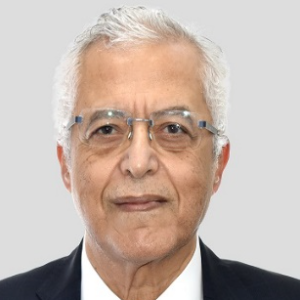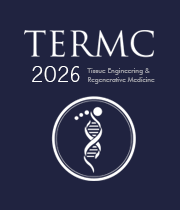Taste Receptor Cells
Taste Receptor Cells are specialized sensory cells located within taste buds, facilitating the detection and transduction of various taste stimuli. These cells play a central role in the gustatory system, allowing organisms to discern between different flavors: sweet, salty, sour, bitter, and umami. Structurally, taste receptor cells are classified into several types, each responsive to specific taste modalities. Sweet, umami, and bitter tastes are primarily detected by G protein-coupled receptors on the taste receptor cell membranes, while salty and sour tastes involve ion channels. Taste receptor cells initiate signaling cascades upon interacting with taste molecules, leading to the generation of electrical signals that are transmitted to the brain for taste perception. These cells undergo regular turnover, and supporting cells in taste buds contribute to their regeneration. The intricate interplay between taste receptor cells and supporting cells ensures the maintenance of taste sensitivity and responsiveness. Understanding the molecular mechanisms underlying taste receptor cell function is essential for unraveling the complexities of taste perception and has implications for the food industry, health, and dietary preferences. Ongoing research in this field continues to uncover the molecular pathways and regulatory mechanisms associated with taste receptor cells, contributing to our broader understanding of sensory physiology and potential therapeutic interventions for taste-related disorders.

Nagy Habib
Imperial College London, United Kingdom
Lucie Bacakova
Institute of Physiology of the Czech Academy of Sciences, Czech Republic



Title : AI-integrated high-throughput tissue-chip for space-based biomanufacturing applications
Kunal Mitra, Florida Tech, United States
Title : Stem cell technologies to integrate biodesign related tissue engineering within the frame of cell based regenerative medicine: towards the preventive therapeutic and rehabilitative resources and benefits
Sergey Suchkov, N.D. Zelinskii Institute for Organic Chemistry of the Russian Academy of Sciences, Russian Federation
Title : In vitro evaluation of lyophilized Dedifferentiated Fat cells (DFAT) impregnated artificial dermis
Kazutaka Soejima, Nihon University, School of Medicine, Japan
Title :
Nagy Habib, Imperial College London, United Kingdom
Title :
Alexander Seifalian, Nanotechnology & Regenerative Medicine Commercialisation Centre, United Kingdom
Title : The regenerative medicine of the future
Marco Polettini, DVM, Italy